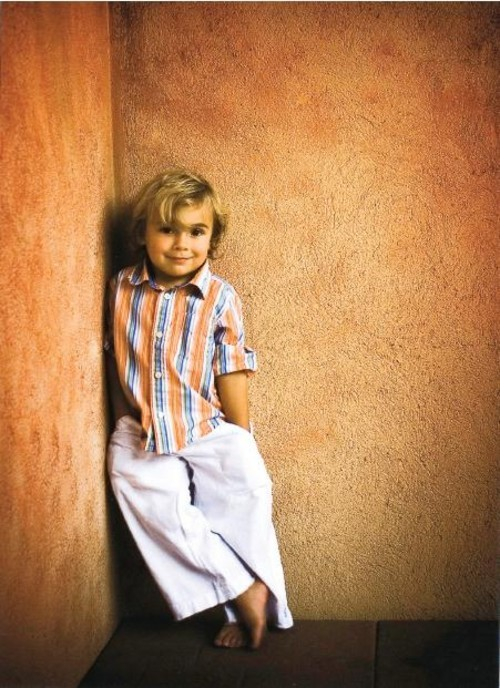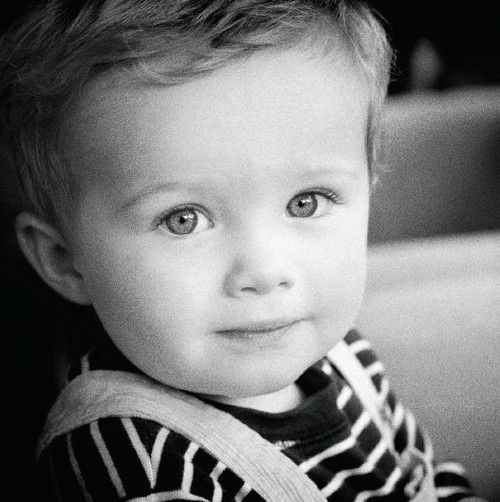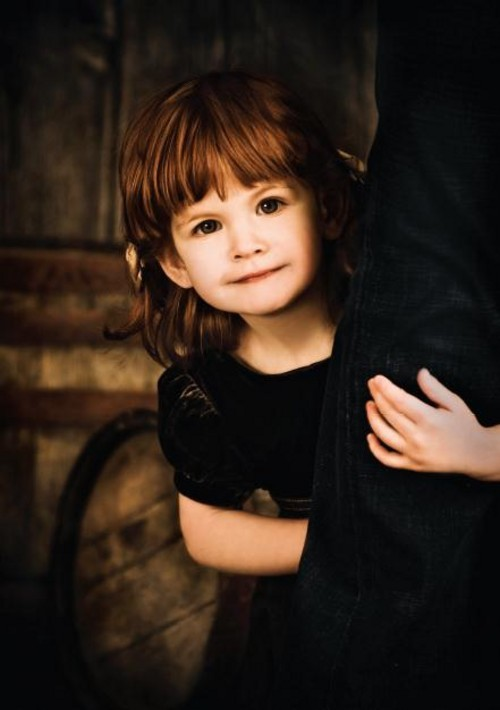Most outstanding children’s portrait photographers today use 35mm digital single-lens reflex cameras (DSLR). Medium format and large format cameras were once the mainstay of the photography industry, but now few people use them because DSLRs are so flexible that they have taken the world by storm.
Lens
When choosing the right focal length of a portrait lens, one principle is that the focal length is twice the diagonal of the camera frame used. For example, when using a camera with a full-frame image sensor (equivalent to a 35mm film format), a 75mm to 85mm lens is usually a good choice.
When the sensor is smaller than 24mm×36mm, the focal lengths of all lenses actually become longer. When using telephoto and telephoto zoom lenses, this is usually not a problem, because the maximum aperture of the lens has not changed, but when using expensive wide-angle or wide-angle zoom lenses on the digital camera body, you will find that the wide-angle is significantly smaller. This will be disappointing. For example, if the focal length factor is 1.5 times, a 17mm lens will “become” a 25mm lens.
Fortunately, camera makers working to make the chip size smaller have begun to introduce lenses designed specifically for digital imaging. With these lenses, the imaging circle (the area where the focused light falls on the focal plane or digital imaging chip) is smaller but more accurate, thus compensating for the smaller chip size. Therefore, the price of the lens is cheaper, the size is smaller, and it can still provide the same large focal length range as traditional lenses.
The 50mm lens is ideal for shooting three-quarters or full-body portraits. Because a good shooting distance can be achieved at this time, the background can be well integrated into the photo. In this photo, the photographer wanted to show the sharpness of the painted walls, so he used the EF 50mm f/2.5 compact macro lens and Canon EOS 5D camera to shoot with an aperture of f/11.
Standard lens
When shooting three-quarters or full-body portraits, it is recommended to use a standard focal length lens (35mm ~ 50mm, depending on the camera’s sensor size, as described above). Due to the height of children, shooting three-quarters or full-length portraits of children requires you to be closer to the subject compared to shooting adult portraits. This “standard” lens can achieve a perspective effect without any distortion when working at this distance.
When shooting children, use a shorter telephoto (here, a 24-70mm zoom lens with 70mm end) can achieve excellent perspective, larger photo size, and a good working distance.
The only problem encountered when using a standard lens is the inability to separate the subject from the background. Generally, it is better to make the background slightly blurred and out of focus, so that the audience’s attention will be focused on the child, and the background will not be overwhelming. When using a standard lens and a lens with a shorter focal length, the depth of field will increase slightly.
Therefore, when a large aperture is used for instant shooting, it may be difficult to separate the subject from the background. This problem is particularly prominent when shooting outdoors, because light spots or other distracting background elements can easily distract attention from the subject (note: fortunately, in the digital age, in the post-processing The background element is very simple).
Shorter telephoto lens
In adult portrait photography, shooting with a shorter telephoto lens can achieve accurate perspective effects. Since children are much shorter than adults, shooting with a shorter telephoto lens can achieve the same effect as using a longer telephoto lens in adult portrait photography. A shorter telephoto lens can achieve a better working distance, which is useful when photographing children. It can achieve a shallow depth of field and usually soften the background.
Longer telephoto lens
If you have a studio, you can use a longer lens. 200mm lenses or very popular, 80-200mm f/2.8 zoom lenses are good portrait lenses because they can achieve a very shallow depth of field, blur the background, and provide a clean background.
The telephoto lens can achieve a very narrow angle of view. When shooting with a large aperture, this focal length can achieve a very shallow depth of field, so it can be used to highlight the eyes or sharply focus on the front of a child.
The 80-200mm zoom lens is very flexible, you can use intermediate focal length settings, such as 105mm or 120mm, which can achieve the correct perspective effect and excellent background control and composition.
The effective focal length of 300mm (using an 80-200mm zoom lens on the Nikon D2X) provides a compact composition and shallow depth of field effect, minimizing background interference.
In most cases, try not to use an extremely telephoto lens above 300mm.
First of all, the perspective effect may be distorted. Various facial features seem to be compressed together. According to the working distance at the time of shooting, the nose usually seems to stick to the child’s face, and the ears seem to be parallel to the eyes. Secondly, when using this kind of lens, it is usually very far away from the child to shoot, so it is difficult to communicate with the subject.
You definitely want to be close enough to your child to have a conversation. But sometimes getting too close can disturb the child. At this point, the assistant can play the role of a “good policeman”, and the telephoto lens can keep you away from this trouble.
